 |
| June 11, 2020 |
Dear Reader,
Scientists say the first fast radio burst detected in our galaxy comes from a magnetized star. This could help to explain one of astronomy's biggest puzzles. Our lead story has the details. Next up, ancient tracks left by a previously unknown creature from the Age of Dinosaurs resolve one mystery—but open another. In tech news, doctors are using portable ultrasound devices to quickly diagnose and monitor severe cases of COVID-19. And lastly, read about how researchers are drastically rethinking theories of how our brains go wrong. |
 |
| |
| |
| |
| |
| Mental Health Roots of Mental Illness Researchers are beginning to untangle the common biology that links supposedly distinct psychiatric conditions | | By Michael Marshall,Nature magazine | | | |
| |
| |
FROM THE STORE
 | | Mind Over Mood: Understanding Anxiety and Depression Anxiety and depression are two of the most common conditions affecting mental health and overall quality of life, but there are tools for managing them. In this eBook, we'll explore how depression shows up in the brain, different manifestations of depression and anxiety, various talk therapies, technological innovations, lifestyle interventions and more. |  | | |
| |
FROM THE ARCHIVE
 | | | |
| |
LATEST ISSUES
 |
| |
| Questions? Comments?  | |
| Download the Scientific American App |
| |
| |








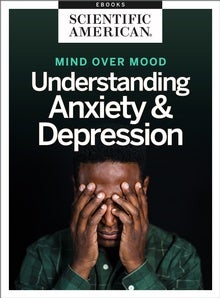

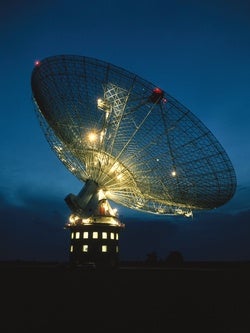
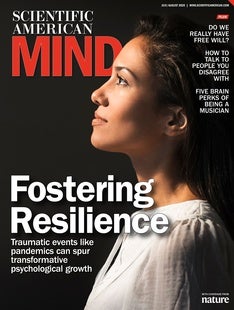

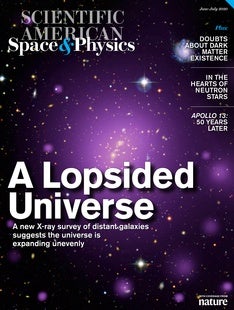
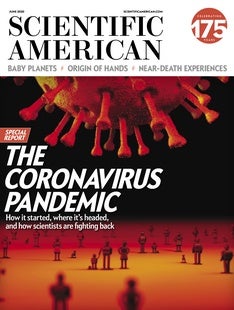




Comments
Post a Comment